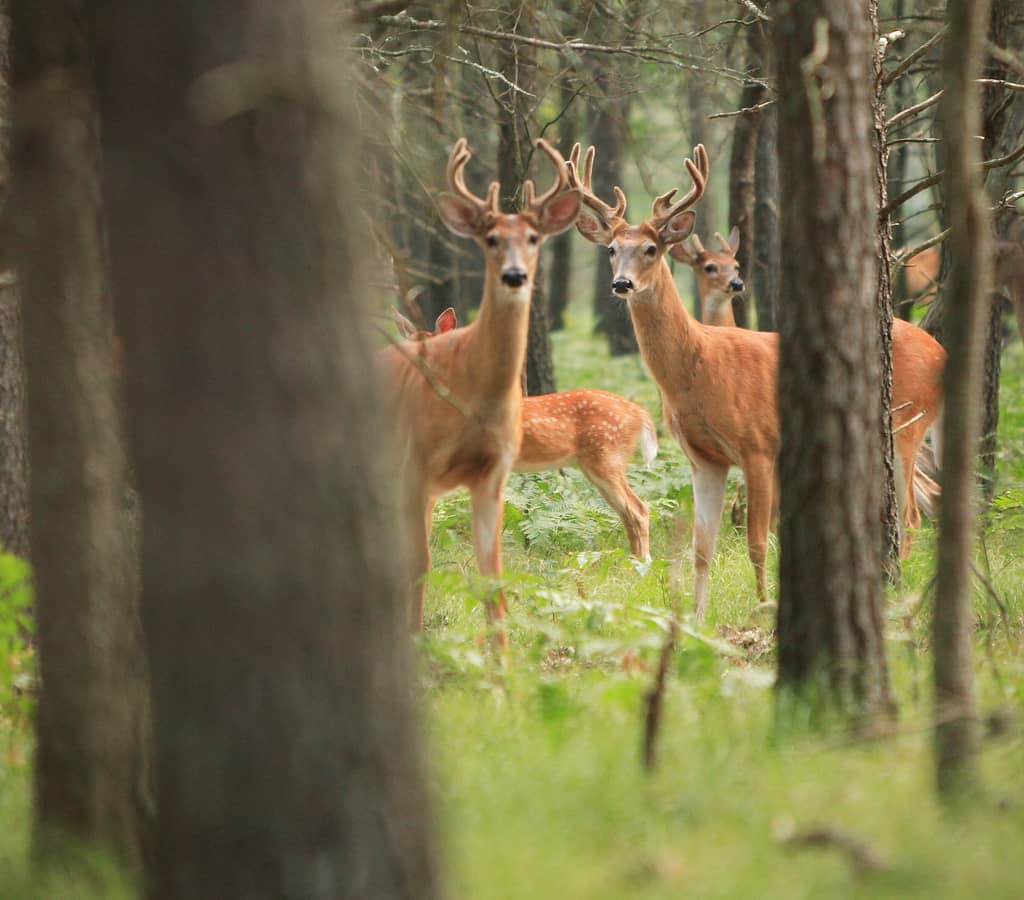Study: Deer Hunting Helps Replenish Forests
OutdoorHub Reporters 07.11.14

A new study by scientists at Purdue University has confirmed what many conservationists have long believed: hunting deer allows forests to recover.
Sportsmen and conservationists across the country rejoiced as the population of whitetail deer skyrocketed over the past few decades, but now many view the growing population with concern. In states like Indiana, deer numbers proved to be nearly unmanageable as early as the 1990s. In state parks, where hunting was not historically allowed, the appetite of burgeoning deer populations drove out native plants like trillium, lilies, and tree seedlings. Subsequently, plants that are inedible to deer took up shop, and cervids began to starve.
“We can’t put nature in a glass dome and think it’s going to regulate itself,” Michael Jenkins, an associate professor of forest ecology at Purdue, stated in a press release by the university. “Because our actions have made the natural world the way it is, we have an obligation to practice stewardship to maintain ecological balance.”
Hunters were initially brought into Indiana parks in 1993 to help manage the population, and in less than three years, the practice proved so successful that most parks in the state opened to controlled hunts. Jenkins said the result of of two decades of hunting was that plant cover has increased dramatically. In a 17-year study, researchers found that the number of herbs such as asters, violets, and goldenrods has increased by 20 to 35 percent in the 108 plots surveyed. Tree seedlings rebounded by as much as 13 percent in some areas, and grass cover has also increased by one to three percent. While these may seem like minor improvements, Jenkins said that the recovery is vital to the long-term health of state forests.
“With heavy populations of deer, tree seedlings often don’t have a chance to survive,” he explained. “In those situations, the forest could lose its ability to reproduce itself and eventually cease to be healthy.”
The return of native vegetation also discourages more exotic plants from taking root.
“We saw a striking improvement in the quality and diversity of the forest understory in state parks compared with conditions before the hunting program,” said Lindsay Jenkins, another researcher on the study. “The deer management program is having a clear, beneficial impact on Indiana parks and could serve as a good example for nature preserves with overabundant deer in other states.”
Deer are not limited to just forests, however. More and more communities are now turning to bowhunting as a method to control populations that venture a little too close to urban areas, where the deer pose a threat to motorists and can spread disease.

